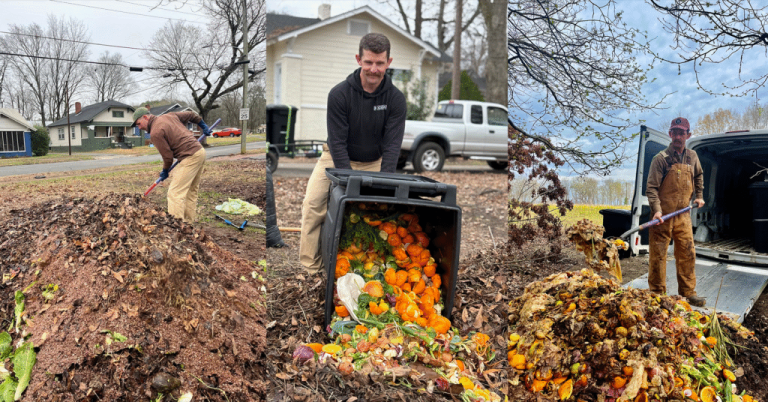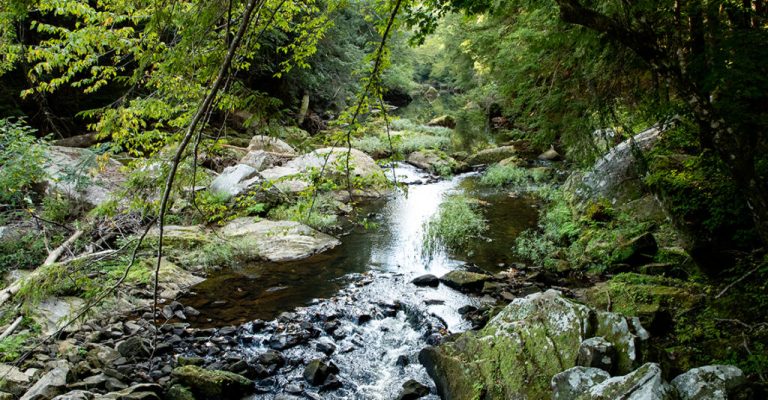Alabama, this disease is harming our pine trees + we know how to check for it
Reading time: 2 minutes

Since early spring, the Alabama Forestry Commission has been receiving reports about pine trees suddenly turning from vibrant green to dull brown. The Forestry Commission has attributed this pine needle discoloration to a disease called brown spot needle blight and it could spell serious trouble for pines all across Alabama. Read on to hear the buzz.
What is brown spot needle blight?

Did you know this disease is capable of infecting many different species of pine trees? That’s right, brown spot needle blight is a fungal disease that causes the needle tips to die and turn brown. Over time, the infected area will fully turn brown with a dark red or dark green border. An easy way to identify the disease is that the tree will look like it’s been burned when there haven’t been any fires in the area.
Treating brown spot needle blight

Brown spot needle blight can infect pine trees of all ages, but it can only be effectively treated in the case of saplings. Saplings infected with blight can receive a series of prescribed burns that can cure the infection, but older trees cannot be treated in the same manner. As a result, brown spot needle blight can often prove fatal for adult pines.
A growing problem for Alabama
So far, brown spot pine needle blight has been confirmed in 36 of Alabama’s 67 counties. Traditionally, the disease has only ravaged the state’s longleaf pines, but it has begun to jump to loblolly pines as well, making experts think that the disease may be mutating within the state. If you think your pines may be infected with the report, be sure to report it ASAP to the Alabama Forestry Commission. They’ll want to know so they can track and monitor this disease throughout the state.
Do you have any pine trees you think might be infected? Give us a blast @BamaBuzz!



